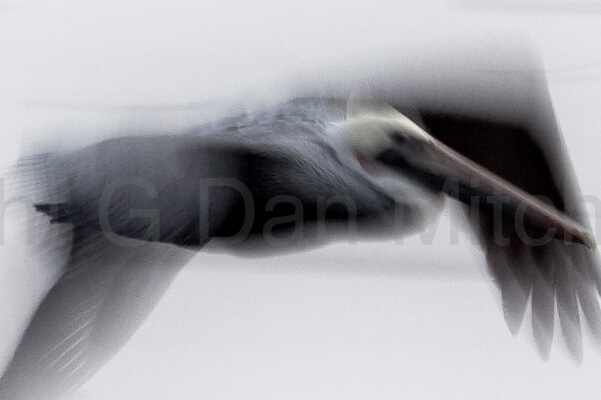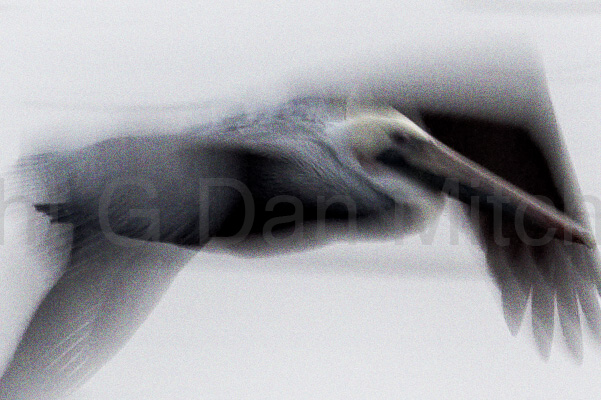I’ve been hearing a lot of buzz recently around the announcement of some very fine new cameras from Nikon. Among those who shoot Canon, there has been some angst about “jumping ship” and switching to Nikon. People are wondering – “Is it time to switch?”
Should you do it?
Actually, if you switch from Canon to Nikon, your photography will instantly achieve astonishing levels of beauty and effectiveness, and you will be able to print your photographs at least twice as large and with more 3D-effect, accurate rendering, and enhanced micro contrast. Viewers will marvel aloud at the lack of shadow noise banding and the remarkable freedom from distortion and aberrations in your work.
Golden hour light will become twice as golden. Pretty girls (or guys, depending) will gaze in compelling ways into your lens as soon as you lift your camera to your face. Your electronic flash will illuminate objects 2.7 times further from your camera position. Bald eagles will make at least three passes above the sunlit mountain when they see you at work, and the herd of moose will hold still in the beautiful meadow until the eagle has passed. Touchdown receptions will always occur at your end of the field and on your side of the field, with nice light from the side to highlight the handsome features of the receiver. Your children will be five times as photogenic and they will always be willing to recreate that wonderful expression that you missed the first time around – not that you’ll ever miss it if you switch! You will never miss an exposure or produce an out-of-focus shot again. The Ansel Adams gallery will be renamed: The [Insert Your Name] Gallery of Light. There will be a 3 pound 14-500mm f/2.8 IS zoom, and it will sell for well under $1000. (But it won’t come from Canon – you have my word!)
Just by asking the question, you have already set in motion a series of important events – National Geographic representatives are on their way to your door bearing contracts and generous travel expense vouchers. They aren’t worried that you’ll move pyramids in post – they know that the pyramids will move for you! At this very moment, thousands of people with expensive new gear and lots of free time are searching for your workshops on the web – you do have a web site, right? Photography companies are sending you free samples of everything they make. (Have room to store 18 tripods? Time to clean out that closet!) News of your upcoming solo exhibit at MOMA was just announced on their web site!
I’d switch if I were you. ;-)
Note: The coolest thing is that this works both ways! Nikon shooters who think that a jump to Canon will improve their photography in wonderful and glorious ways can switch that direction and achieve exactly the same effects achieved by those Canon folks who switch to Nikon with the same goal! Except for that 14-500mm f/2.8 zoom, maybe… ;-)
(And… Thank you to 1001 Noise Cameras for sharing the link and the laughter over this one! ;-)
G Dan Mitchell is a California photographer whose subjects include the Pacific coast, redwood forests, central California oak/grasslands, the Sierra Nevada, California deserts, urban landscapes, night photography, and more.
Blog | About | Flickr | Twitter | Facebook | Google+ | 500px.com | LinkedIn | Email
Text, photographs, and other media are © Copyright G Dan Mitchell (or others when indicated) and are not in the public domain and may not be used on websites, blogs, or in other media without advance permission from G Dan Mitchell.



